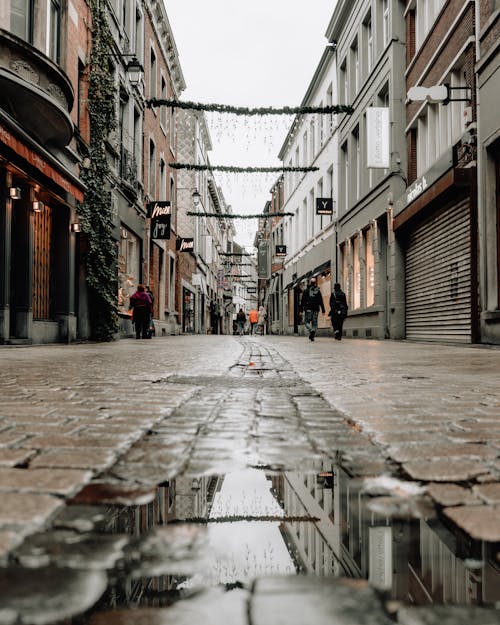9 Easy Facts About Framing Streets Explained
Table of ContentsThe smart Trick of Framing Streets That Nobody is DiscussingThe 6-Minute Rule for Framing StreetsFraming Streets Can Be Fun For EveryoneThe Facts About Framing Streets Uncovered

Both at the Museum of Modern Art (Mo, MA). Influenced by Frank, in the 1960s Garry Winogrand, Lee Friedlander and Joel Meyerowitz started photographing on the streets of New york city. Phil Coomes, writing for BBC Information in 2013, stated "For those of us interested in street photography there are a couple of names that stick out and among those is Garry Winogrand"; doubter Sean O'Hagan, creating in in 2014, stated "In the 1960s and 70s, he defined street digital photography as a perspective in addition to a design and it has laboured in his shadow since, so conclusive are his photos of New York." Going back to the UK in 1965 from the US where he had actually met Winogrand and adopted road photography, Tony Ray-Jones turned a wry eye on commonly surreal groups of British people on their holidays or getting involved in festivals.
Street photography is a substantial genre that can be defined in several ways, yet it is often identified by the spontaneous recording of an unrepeatable, short lived minute, often of the everyday going-ons of complete strangers. It is typically fired with wider angle lenses (e. g. 35mm) and normally features city atmospheres.
Excitement About Framing Streets
Docudrama photographers normally have a defined, deliberate message and a purpose to record certain occasions in background (https://www.slideshare.net/davidturley33101). The range of the docudrama technique encompasses facets of journalism, art, education and learning, sociology and history. In social examination, documentary images are typically planned to prompt, or to highlight the demand for, societal modification
Road digital photography is typically viewed as unposed and honest, however there are a couple of road digital photographers that communicate with complete strangers on the roads and take their pictures. Road portraits are unintended pictures taken of unfamiliar people while out doing street photography, nonetheless they are seen as positioned due to the fact that there is interaction with the topic.
Photographing people and areas in public is legal in a lot of nations shielding flexibility of expression and journalistic liberty. There are normally limits on exactly how photos of individuals might be utilized and most nations have certain laws pertaining to people's personal privacy.
10 Simple Techniques For Framing Streets
The right to privacy is safeguarded by Short article 8 of the convention. In the context of photography, it stands up in arms to the Post 10 Of liberty find more info of expression. Courts will generally take into consideration the public passion in stabilizing the civil liberties with the lawful test of proportionality. While additionally restricting digital photography in order to secure privacy legal rights, street digital photography can still be lawful in France when gone after as an art type under particular situations.

. that just wandered into a scene), or that are not even well-known in the picture. https://www.awwwards.com/framingstreets1/. It likewise does not generally include people who are public figures (e. g - 50mm street photography. political leaders or celebs). If a picture is taken into consideration art, the courts will likewise think about the photographer's liberty of creative expression; suggesting that "artistic" road photography can still be legally released in certain situations
The Greatest Guide To Framing Streets
Photographing the police and publishing the photos is also legal.
In Hungary, from 15 March 2014 anyone taking photographs is practically damaging the law if somebody wanders into shot, under a brand-new civil code that disallows taking photos without the permission of every person in the picture - Best Zoom Lens. This broadens the legislation on grant include the taking of photographs, in addition to their magazine
'Surprise photography' (kakushidori concealed, surreptitious digital photography) 'stolen photography' (nusumitori with no intent of obtaining approval) and "fast photography' (hayayori before consent and rejection can be provided) are prohibited unless in the former permission is acquired from the subject promptly after taking the photo. Individuals have rights to their photos (shzken, droit de picture).